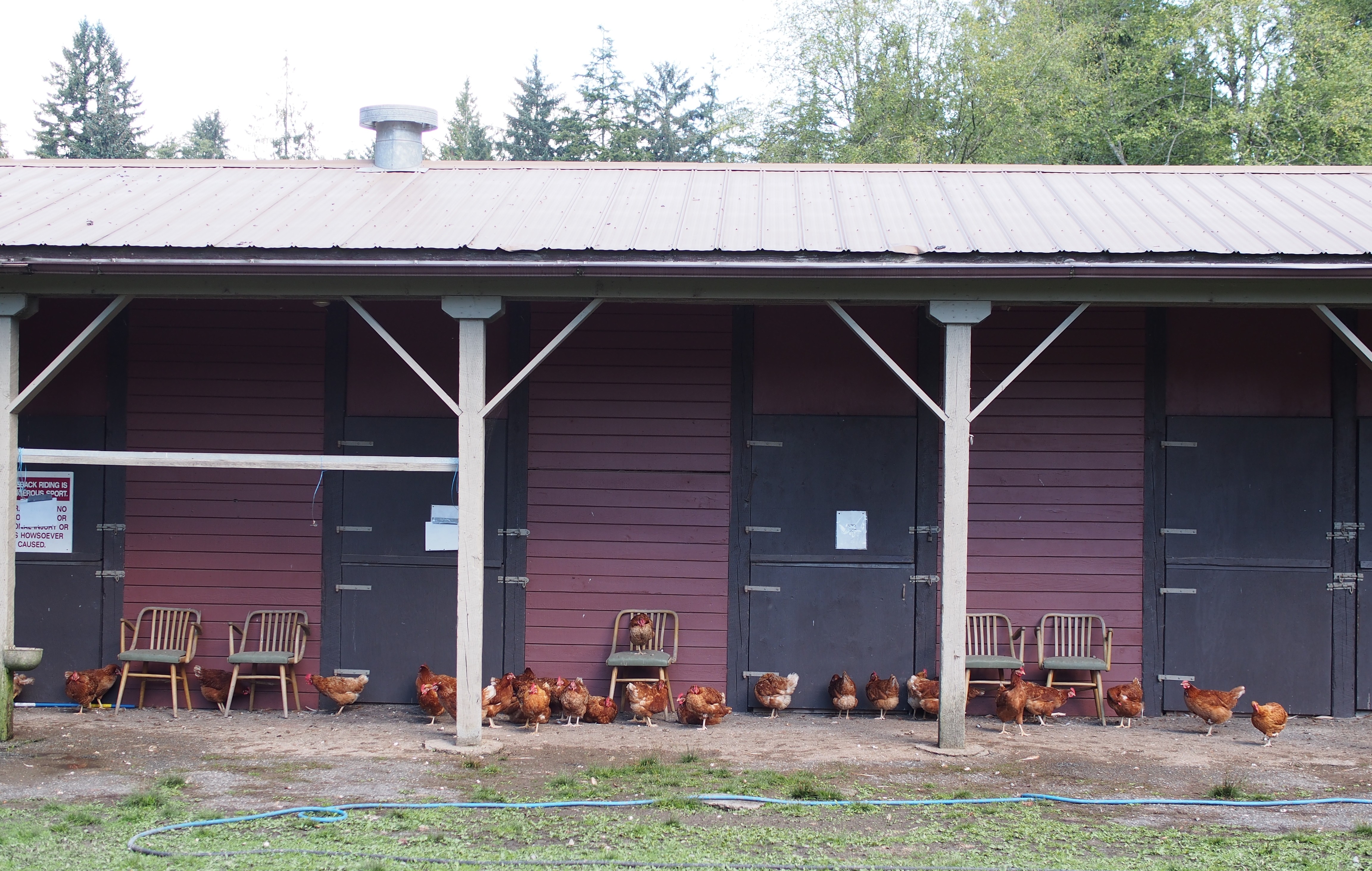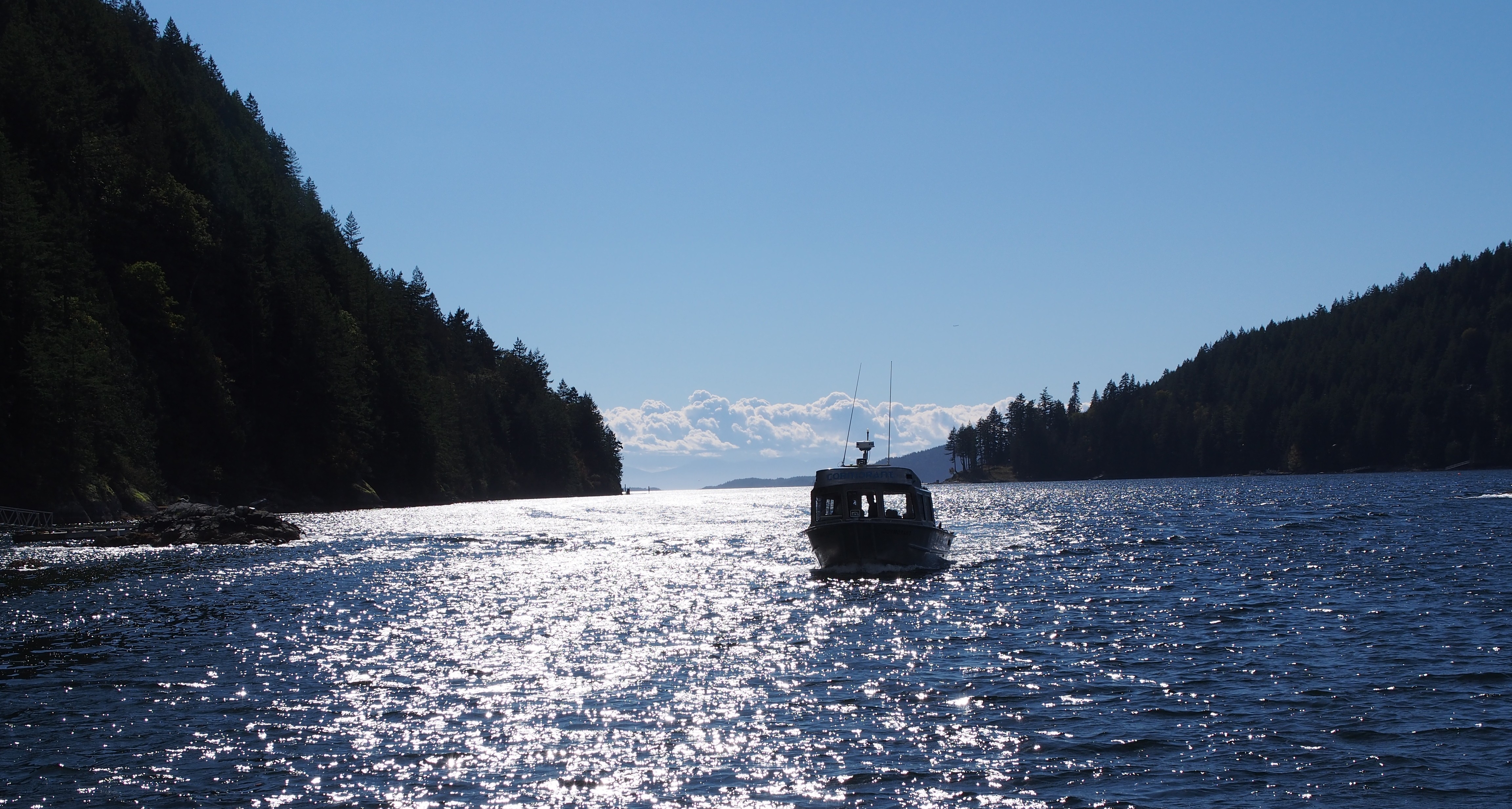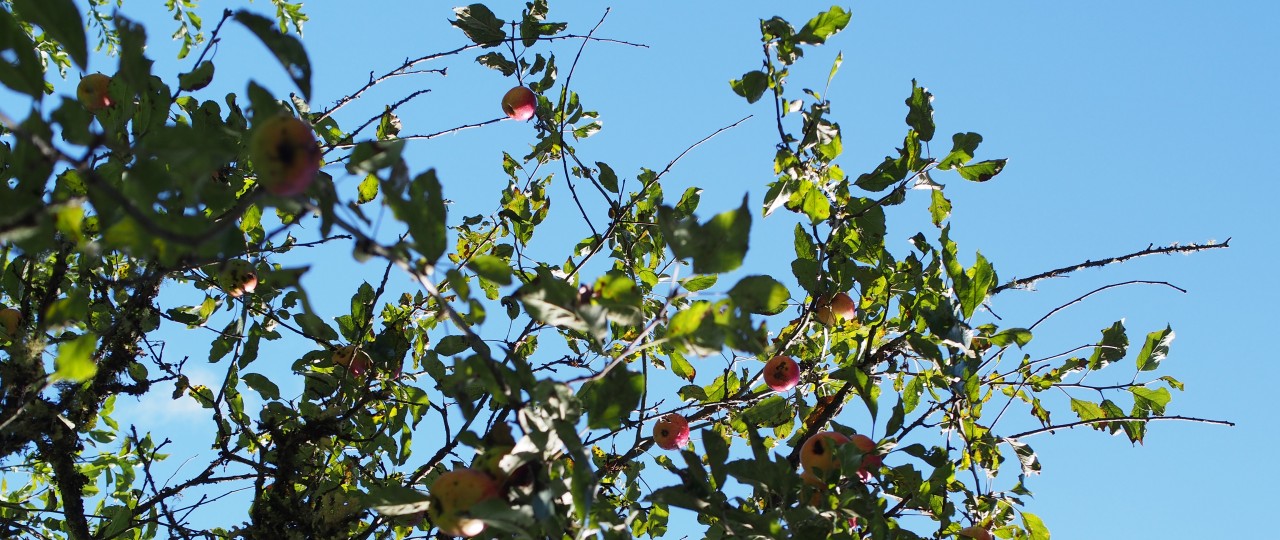Executive summary
What?
These past months have been an amazing experience of collaboration with our community partner, the Gambier Island Sea Ranch. This journey has been filled with ups and downs, but we made it! As a group we made it a priority to reflect on our progress and adapt our approach in working with the community for the duration of the project.
In the midst of researching and compiling the apple varieties, I personally found that it was a valuable opportunity to gain an appreciation with the specific purposes of different types of apples. This was motivating for myself and for the rest of the group to gather more information regarding the apples, thus contributing to the success of this project.
We also conducted phone-interviews with some of the community members of Gambier Island Sea Ranch. It was a great opportunity to learn and assemble the scrambled puzzle pieces of the orchard history and to hear personal experiences from life on the island. We also realized at this time, how our contribution would be a resource for the community to capture that history before it is lost forever, and that marks our moment of significance; we realized how this knowledge is important to preserve for future generations of Gambier Island and also the greater community in BC. For us, this moment was when we were able to see how our work could help others by giving something tangible to the community (our electronic book). Similar to Jensi Sartin in The Moth podcast, who was eager to help the fishermen in Bali to find more fish, we were also willing and excited to help the community of Gambier Island Sea Ranch to gather their oral orchard history and identify the types of apples. In the end of his work, Sartin expressed his satisfaction from helping the fishermen community in Bali (1); we too, are glad to be able to work with the community of Gambier Island Sea Ranch in achieving these project goals.

Free-range laying hens at Gambier Island Sea Ranch, just hanging out. September 2015.
So what?
After our moment of significance, we found ourselves more passionate about the project. We allocated our time effectively and contacted our community partner regularly. Furthermore, we maintained good communication within our group by using Facebook and in-person meetings.
Previous to our phone interviews with the community members, we did experience a miscommunication with our community partner about roles and responsibilities for achieving the project objectives. After talking it through with our community partner and reflecting on it with our course instructor, we felt better able to understand the perspectives of all parties and realized we could improve our communication going forward.
The information obtained through the phone interviews were oral history, and much of it cannot be verified; however, we were able to line up some of the information to a book and a journal article. As history is somewhat subjective, this is a limitation of our project, but this is true for all history which is unavoidably impacted by the people telling and recording the stories. With that said, we listened carefully and observed the ‘background’ in order to ensure we were as unbiased as possible in recording the history. Similar to Sisonke Msimang’s story in The Moth podcast when she helped her friend Prudence who was battling a stigmatized disease by not only listening, but also observing her behavior as well (2). We learned that it is important to not only listen carefully to the words, but also the tone of the interviewee in order to fully understand what is being said.

All good things must come to an end. Leaving Gambier Island Sea Ranch via the water taxi. September 2015.
Now what?
In order to prevent miscommunication from happening, I believe that it is essential to maintain good communication through e-mail, phone, or Skype. Therefore, we would recommend to the next term groups to maintain clear communication with the community partner. Reminded by the concept of Asset-Based Community Development (3), we realized the importance of collaborating with the community of Gambier Island Sea Ranch, instead of being the ‘leader’ of this project. We believe that this principle has helped us a lot in working with our community partners and will undoubtedly help us in our future projects. In working on this project, we hope that we were able to help the community in Gambier Island Sea Ranch to reach their objectives. Now that our role in this project is coming to an end, I hope that each of us, can use this experience and the skills obtained throughout this project and apply them to other community-based projects in the future. Finally, we believe that the biggest take-away from this project is that it has taught us to listen and reach out to others by giving all that we can possibly give.
Take a look at our executive summary here:
Introduction: This report provides an overview of our community-based experiential learning (CBEL) project on the history and rejuventation of heritage fruit orchards at the Gambier Island Sea Ranch (GISR), on Gambier Island in British Columbia (BC). The GISR is a Strata community situated on an ocean-front acreage consisting of shared orchards, gardens, and livestock. Documenting and sharing the history of the GISR’s orchards, the historical knowledge regarding the fruit varieties, and preserving the orchard are of great significance to the community. Project objectives will be conducted in two parts, with part one addressed by our group: (1) to identify fruit varieties from the orchard, research historical knowledge of the apples including best culinary uses and recipes, collect Gambier Island’s agricultural history, and to compile findings into educational materials to share with the community; 2) orchard rejuventation and expansion will be explored in part two. With our objectives in mind, we directed our research with these inquiry questions: What are the fruit varieties present on the island historically and today? What historical information including best culinary uses exists about these identified fruit varieties? What is the history of the orchards prior to their arrival on Gambier Island? What oral histories are present within the community with respect to the Island’s agricultural history including memories of the orchards or fruit varieties? Methods: We collected apple samples from the GISR for identification by experts, conducted oral histories by phone interview, and conducted external scholarly and grey literature research of both the apple varieties and the history. Results: Golden Delicious, Golden Russet, and Winter Banana apples were positively identified, and historical knowledge and uses for these varieties were found through external research. Two oral histories were conducted, resulting in historical information regarding the GISR property and the orchards, and external research was used to complement these findings. Lastly, all information was compiled into an iBook for the community. Conclusion: While our group made notable progress towards project objectives, there remains many fruits to be identified and many ‘blank pages’ of the GISR history yet to be documented. This report details the limitations and challenges of this project and suggestions for furthering this work were made as summarized: (1) expert fruit identification on-site to increase identification, (2) in-person recruitment of community members to increase participation rate in oral histories, (3) continuation of data collection for histories to further strengthen the depth and reliability of our findings.
References
- Sartin, J. (2015, April 14). The Fish Bank. The Moth. Podcast retrieved from http://themoth.org/posts/storytellers/jensi-sartin
- Msimang, S. (2015, April 14). A Pragmatic Idealist. The Moth. Podcast retrieved from http://themoth.org/posts/stories/a-pragmatic-idealist
- Mathie, A., & Cunningham, G. (2003). From clients to citizens: Asset-based Community Development as a strategy for community-driven development. Development in Practice, 13(5), 474–486.
